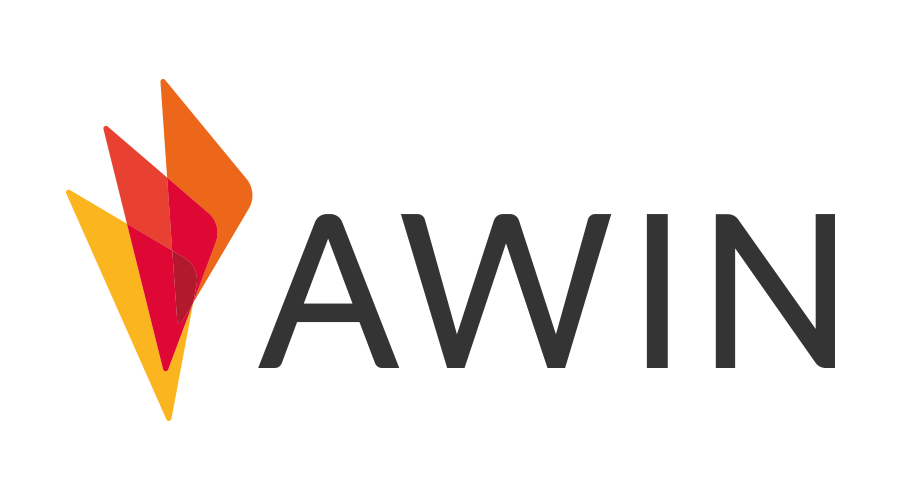Gaining new customers through affiliate marketing is an important objective for advertisers.
However, last-click rewarding mechanisms and current attribution strategies impose challenges for targeting new prospects, making it harder to allocate budget towards areas with high customer acquisition rates.
Next week at PMI: Europe, zanox global project manager Florian Wallner will be presenting a crash course in targeting new customers, which if the above is anything to go by, couldn’t come at a better time.
Ahead of this, we caught up with Wallner to talk about the channel’s key quality.
Why does affiliate marketing still represent one of the most effective ways of driving new customers?

This gives our publishers an in-depth understanding of what their users want, their purchasing behaviour and how best to approach them.
Therefore, our publishers are the best partners to communicate with potential new customers. Our role as a network is to understand an advertiser’s needs, and to translate them with our publisher base into a feasible and effective strategy.
Tell us about some of the challenges affiliate practitioners are facing when targeting new prospects…
FW: There is fierce competition in the market for new customers. As well as competition between advertisers within the same industry, different departments of the same company compete for limited budgets and resources, often with unrealistic expectations.
For example, advertisers may only want to target new customers but do not understand that investment is required in order to reach out to them.
Without giving too much away ahead of your session, how can marketers go some way to overcoming these hurdles?
FW: There is a split responsibility between all parties. Firstly, advertisers should be clear on what a new customer is for them and what value they attribute to them. Likewise it’s crucial to share this information with the network and the publisher, for example, via a new versus existing customer identifier.
As a network, we can advise our advertisers with post-campaign analysis from similar initiatives we’ve ran previously. Then, we are the negotiator, and sometimes mediator, between advertisers and publishers in order to set up the framework conditions which allow all sides to achieve their goals.
Finally, we can analyse ongoing campaigns via our customer journey tool and continue to adjust the campaign accordingly.
More broadly from your experience at zanox, can you tell us about some of the trends in affiliate marketing that are unique to the European mainland?
FW: It’s tough to pinpoint one underlying trend for all continental European countries for a number of reasons. The state of economic development is different from country to country, as demonstrated by high AOV [Average Order Value] in Switzerland, for example.
The buying behaviour based on socio-cultural aspects also differs a lot, so Germans are quite careful with money and therefore love to bargain hunt via voucher or loyalty sites, while another country sees a conversion-strong blogger market. A lot of innovative tech partners come from the Benelux region, meanwhile Italy is a mobile-first country.
My global role allows me the opportunity to work across all European territories and experience the different markets with their richness and particularities. It’s great to be able to spot these trends at an early stage.
What would you say have been the key developments within performance marketing since you last attended PMI: Europe?
FW: The emergence of tech providers in affiliate marketing, and in particular solutions that allow integration of affiliate links into social platforms such as Instagram and video. This reflects the increasing importance of social media as a marketing platform and the need to monetise these channels to reward influencers. This is also exemplified by Pinterest’s recent decision to reintroduce affiliate links onto their platform.
The exciting thing for me about working in affiliate marketing, is that our industry are early adopters for new business models.
If we look back, price comparison and retargeting started as traditional CPA models as part of the affiliate industry, before they grew and established themselves as independent channels.
Why is that? Many interpret the role of the affiliate network as simply connecting advertisers and publishers. However, we’ve worked for years with our merchants, therefore we are considered trusted consultants.
The advertiser’s decision makers want us to inform them on the emerging market trends. Therefore, we can be door-openers for relatively new and unknown publishers. And due to the transaction-based commission model, it’s relatively risk-free for advertisers to be able to test new ideas and gives publishers the chance to prove their business model.
Finally, are there any other sessions you’re looking forward to taking in at PMI this year?
FW: The PMI team has once again set up an exciting agenda, especially with the split between the three streams – Affiliate Marketing & Lead Generation, Biddable Media and Debate & Discuss.
Due to the increasing importance of online video advertising, one session that I’m very much looking forward to is James Upson from Teads’ session ‘Video: Value, Viewability & Validation’.
Though, the session not to be missed is ‘Disrupt or Die – A Publisher’s Experience’ from Axel Springer’s Dr Andreas Wiele.


